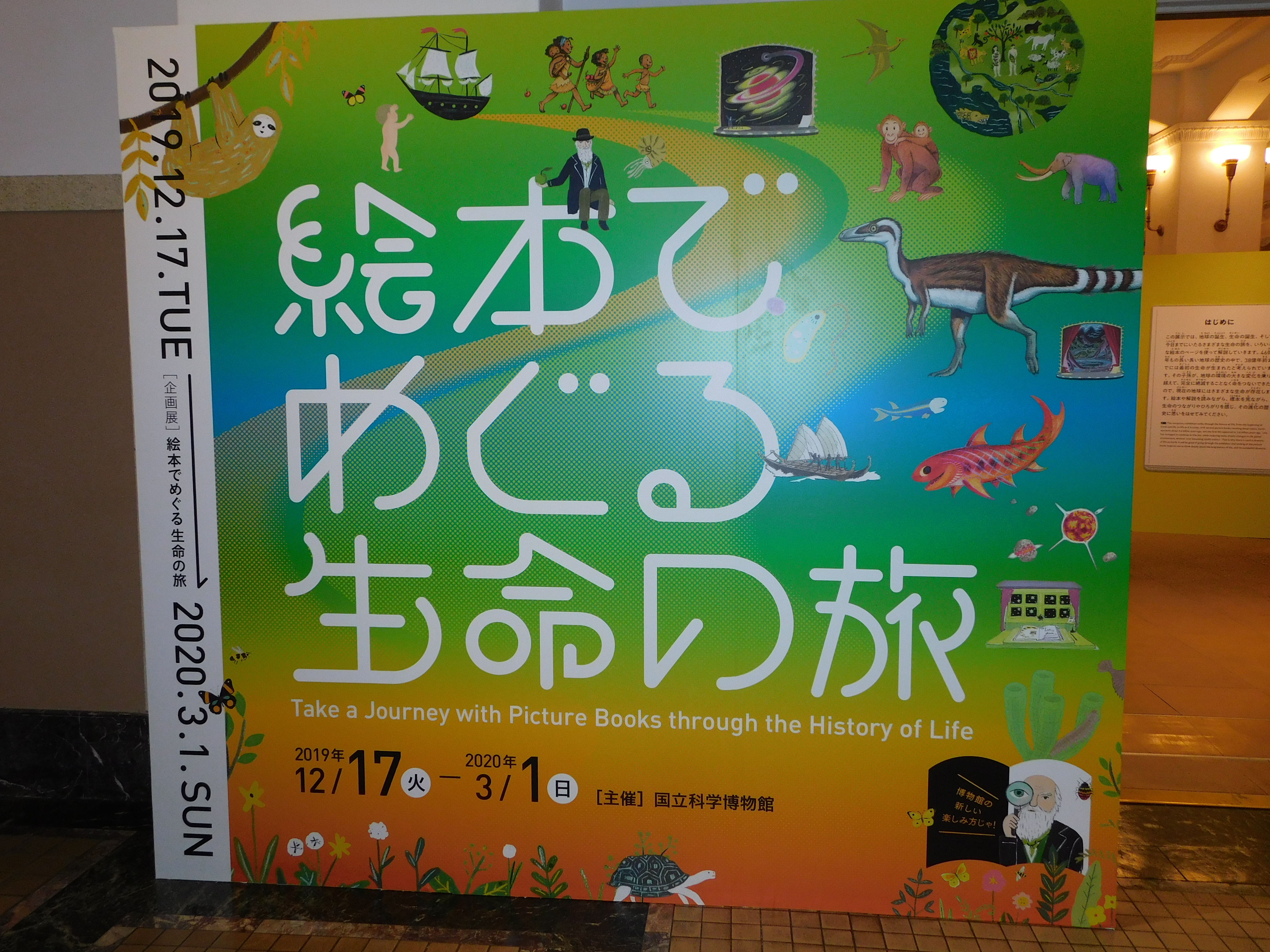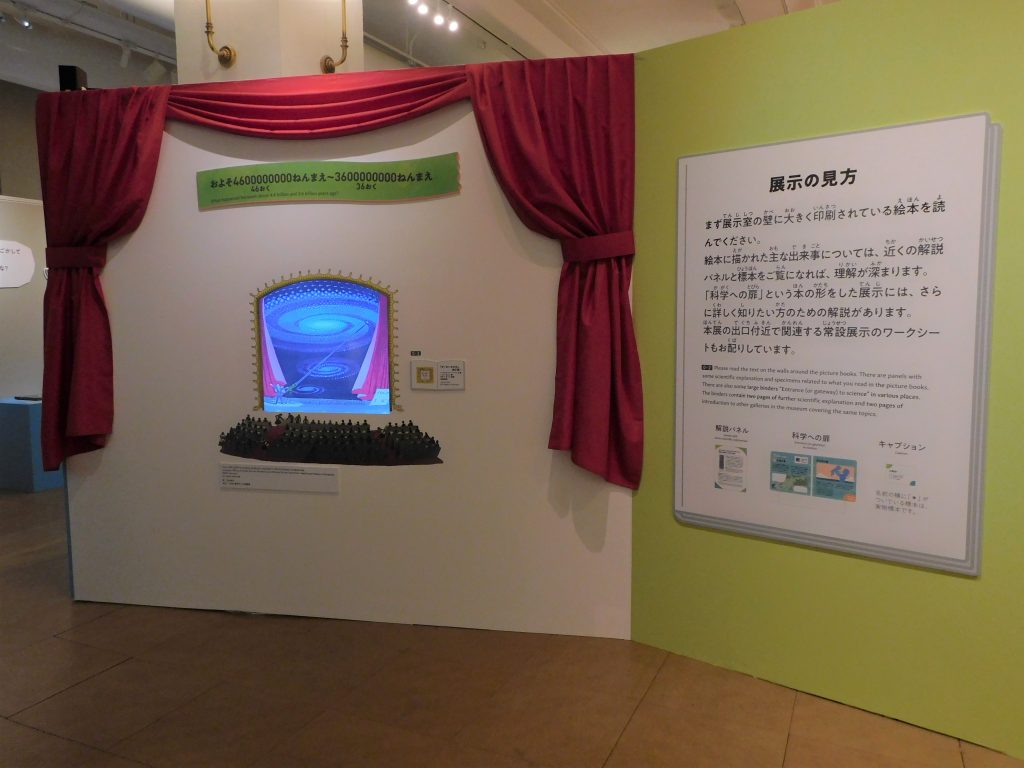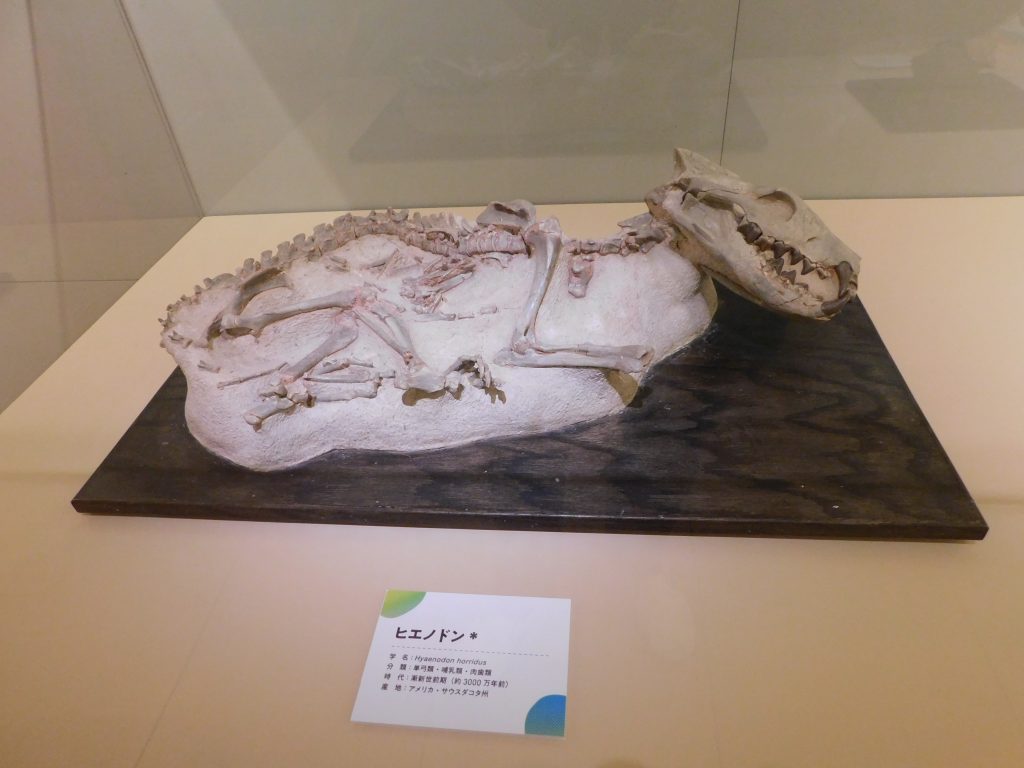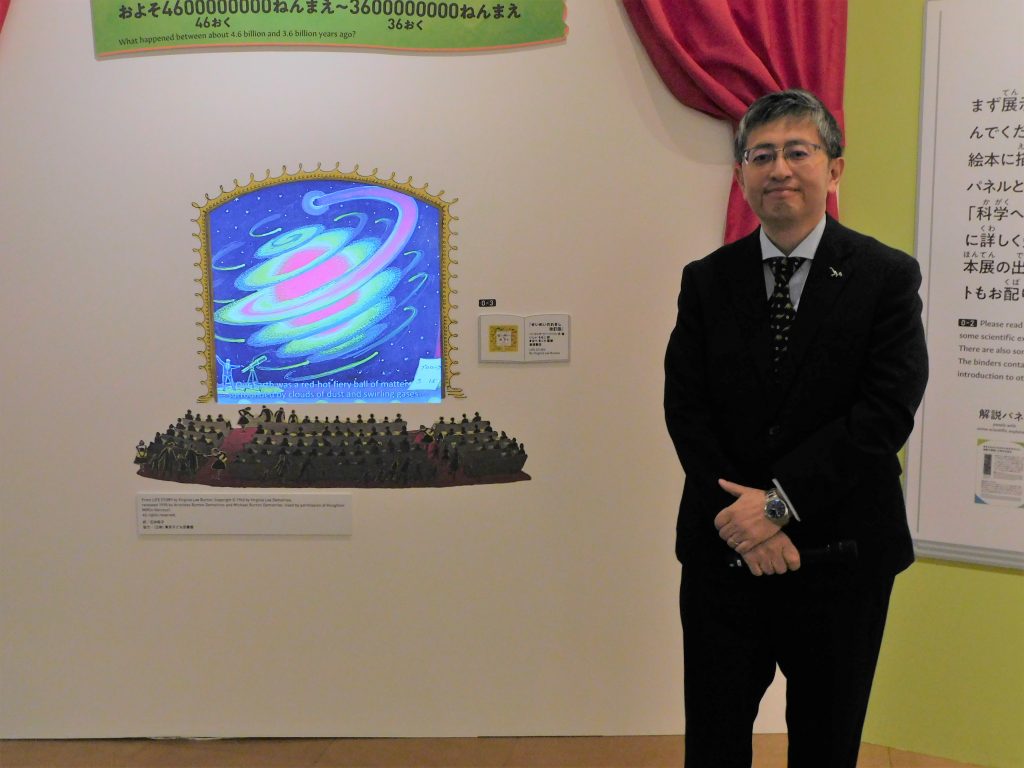
From December 17, 2019 (Tuesday) to March 1, 2020 (Sunday), the "Journey through Life with Picture Books" is being held at the National Science Museum in Ueno, Tokyo.
The press briefing was held the other day, so I will report on the situation.
We will introduce the highlights of the exhibition and the hottest exhibits.
What is the special exhibition "Journey through life through picture books"?
An evolutionary process that began on the earth and emerged on Earth about 3.8 billion years ago.
It is no exaggeration to say that people and various creatures continue to exist because their evolution has continued without interruption.
There are many picture books on science and nature that focus on the evolutionary process of such creatures.
"By combining science and nature-based picture books with museum exhibits, we hope to stimulate interest in natural science and provide a different way of enjoying the National Science Museum." This exhibition.
In a picture-story show format, the origin of life will be displayed in an easy-to-understand manner.

The exhibition starts with a journey to know life from 4.6 to 3.6 billion years ago.
Highlight
We will introduce the highlights of the special exhibition.
① You can experience a new picture book at the National Science Museum !?
At the special exhibition, scenes selected from seven picture books are displayed together with specimens such as fossils and foil.
You can trace the history of life evolution with specimens while enjoying the world of picture books.
② You can feel the evolution from fish to human!
In the exhibition, the main events of life evolution for about 500 million years, from fish to humans, are explained in a particularly easy-to-understand manner.
Feel the connection of life that continues from our distant ancestors to the present, the evolution that remains in our bodies.
③ If you want to know more …
If you want to know more about this exhibition and want to know more widely, please visit the permanent exhibition.
There is a corner that introduces research and research conducted at the National Science Museum and related permanent exhibits.
か も You may encounter a new picture book!
Near the entrance of the exhibition, there is a reading corner with over 100 picture books related to natural science and the evolution of life.
Reunite with nostalgic picture books, you may be able to meet your favorite new picture books.
Picture books in languages other than Japanese are also available.
Main picture books used in the exhibition
The following seven works are used in the exhibition.
| (1) "Some no Kiyoshi" | Virginia Lee Burton Sentence / picture, Iwanami Shoten |
| ② "Long journey" | Motofumi Matsuda, Kazuo Kawakami Picture, Kodansha |
| ③ "I'm the grandmother of everyone's first evolution" | Jonathan Tweet text, Karen Lewis picture, Iwanami Shoten |
| ④ “Totori became a story” revised edition | Eitaro Oshima, Gospel Museum Bookstore |
| ⑤ "The Origin of Species" Darwin's First Evolution Theory | Sabina Ladeva, painting and painting, Iwanami Shoten |
| ⑥ “Expanding Life” | Keiko Nakamura, Tatsuhide Matsuoka Picture, Gospel Museum Bookstore |
| ⑦ “13.800 billion times” | Osamu Sakai product, picture, Kobunsha |
Introducing main exhibits
Anomalocaris, a predatory animal that inhabited about 508 million years ago (mid-Cambrian)
It is said that he was given a scientific name in the sense of a strange shrimp.

Anomalocaris canadensis Collection: National Science Museum
A head fossil that inhabited about 360 million years ago and is presumed to be an ancient fish, eustenopterone, was discovered by a Jika staff who found it polished to make a souvenir in Morocco. , Donated to the National Museum of Nature and Science.
You can actually touch it.

Eustenopterones? Collection: National Museum of Nature and Science
Here is the whole body of Eustenopterone.

Eustenopteron Collection: National Science Museum
Deinonyx, which inhabited about 115-118 million years ago.
It often appears in movies and animations.

Deinonics Collection: National Science Museum
A fossil of the carnivorous mammal hyenodon that inhabited about 30 million years ago.
Mammals up to the dinosaur had ribs on their stomachs and could not hug them even if they wanted to hug a child.
Later, when the diaphragm was formed and the way of breathing changed, mammals could now hug and feed their baby.

Hienodon Collection: National Science Museum
In life from 7 million years ago to 200,000 years ago, fingers and toes become longer, and some things move differently from other creatures.
You will be able to grab the branches with your limbs, live on the tree, and communicate with each other by singing.
That is the present human ancestor of human beings.

Picture book corner inspired by Darwin's Beagle
After watching the exhibition, look for your favorite picture books related to natural science and the evolution of life at this reading corner.
You can also see the seven picture books featured in the exhibition.

Conclusion
I've told you about a press preview of the exhibition "Journey through Life with Picture Books" currently being held at the National Science Museum.
The history of creatures that has continued from about 3.8 billion years ago to the present.
We humans seem to be alive for granted, but in fact, we realize again that this is the life of billions of years of history.
Why do not you go to the National Science Museum on a journey of life with family and friends with picture books?

Mr. Makoto Manabe, Director of the Collection at the National Museum of Nature and Science, who supervised this exhibition, had a fun explanation about the history of life.
Event summary
| ■ Exhibition name: Special exhibition "Journey of life through picture books" |
| ■ Store opening period: December 17, 2019 (Tuesday)-March 1, 2020 (Sunday) |
| ■ Location: 1st floor of the Japanese Pavilion, Exhibition Hall, Central Hall |
| Opening hours: 9 am to 5 pm * Friday and Saturday until 8pm. * Admission until 30 minutes before closing time |
| Closed: Every Monday (Tuesday if Monday is a public holiday) and from December 28 (Sat) to January 1 (Wed / Holiday), except on February 17 (Mon) |
| ■ Admission fee: General and university students: 630 yen (510 yen for groups) High school students and under, 65 years and over: free * You can see only the permanent exhibition admission fee. |
| ■ Organizer: National Science Museum |
| ■ Official HP: https://www.kahaku.go.jp/ |


